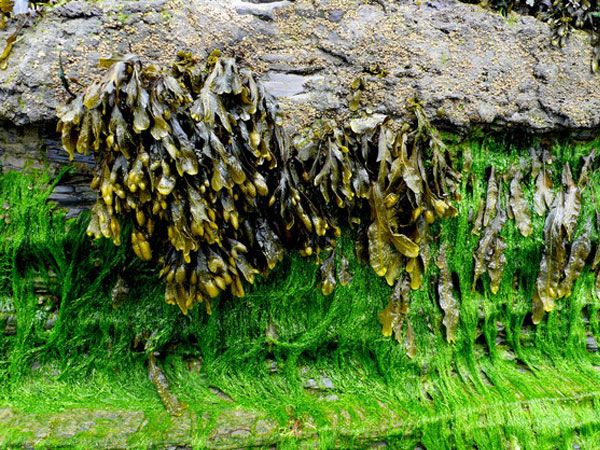Bladderwrack
Naturally stimulate healthy thyroid functioning and support weight loss with bladderwrack (kelp).
What is Bladderwrack?
Bladderwrack (or bladder wrack) is a brown seaweed that is found in the Baltic Sea, North Sea and both the Pactic and Atlantic Oceans. Bladderwrack has many common names and is often referred to as rock wrack, sea oak or bladder fucus. This plant is composed of bladder-like parts and contains fronds with swollen, ball-like discs, as well as reproductive elements such as eggs and sperm.
Often, bladderwrack is referred to as "kelp" which is incorrect, as kelp refers to a different seaweed. Bladderwrack is commonly found as one of the components of the nutritional supplement kelp (sold in tablets or powder form).
Medicinal Uses of Bladderwrack
Historically, this seaweed has been used for thyroid function and weight loss. Bladderwrack has high iodine content, as well as trace minerals, fiber and vitamin B12.
The main use of bladderwrack in herbal medicine has been in the treatment of underactive thyroid glands. The thyroid gland needs iodine to make thyroid hormones, substances which regulate the human metabolism and a stable metabolism is needed to maintain the proper weight.
Bladderwrack also contains alginic acid. When used with an antacid, alginic acid has relieved the symptoms of gastroesophageal reflux disease. It has also been used to help women with abnormal menstrual cycles.
Photos of Bladderwrack


The content provided is for informational purposes only. It is not a substitute for professional medical advice. If you have a health condition, please consult a medical professional and do not use this information to self-diagnose or self-treat.
